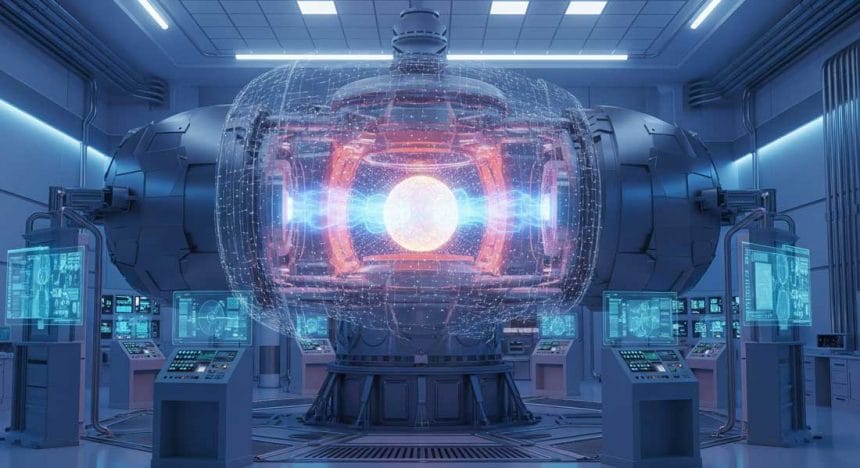Nuclear fusion is one of the most fascinating energy sources we’ve ever explored. It’s the process that powers the sun and the stars, and it holds the promise of providing Earth with almost unlimited clean energy—if we can figure out how to control it.
In this article, we’ll break down what nuclear fusion is, how it works, and why it might become the future of energy.
What Is Nuclear Fusion?
At its core, nuclear fusion is the process of combining two light atomic nuclei to form a heavier one. When this happens, a huge amount of energy is released. It’s the opposite of nuclear fission, where atoms are split apart.
Fusion happens naturally in stars, where extreme pressure and heat allow hydrogen atoms to smash together and form helium. The energy produced in the sun’s core travels through space and eventually reaches us as sunlight.
How Does Nuclear Fusion Work?
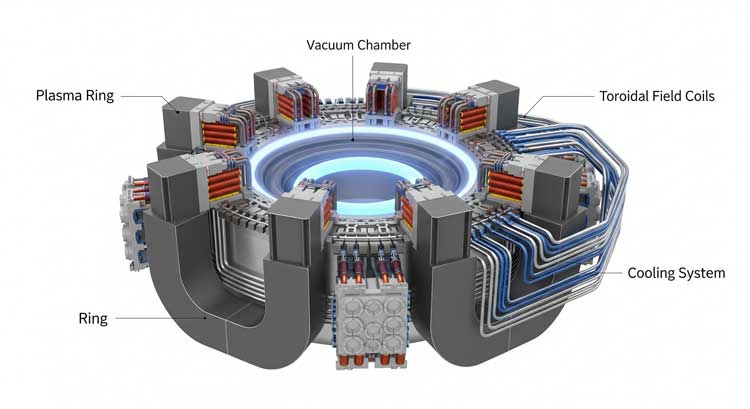
To achieve nuclear fusion on Earth, scientists try to recreate the same conditions found inside stars: incredibly high temperatures—over 100 million degrees Celsius—and intense pressure.
Here’s a simplified explanation of how fusion works in a lab:
1. Heating the Fuel
The main fuel for fusion is a form of hydrogen, such as deuterium and tritium. These are heated until they turn into plasma, the fourth state of matter, where electrons are stripped from atoms.
2. Confining the Plasma
The plasma must be kept extremely hot and stable, without touching the walls of the reactor. Scientists use powerful magnetic fields (in devices called tokamaks) or laser beams to confine and control the plasma.
3. Fusing the Nuclei
When the conditions are just right, the hydrogen nuclei collide with enough force to fuse into helium. This releases a huge amount of energy in the form of heat.
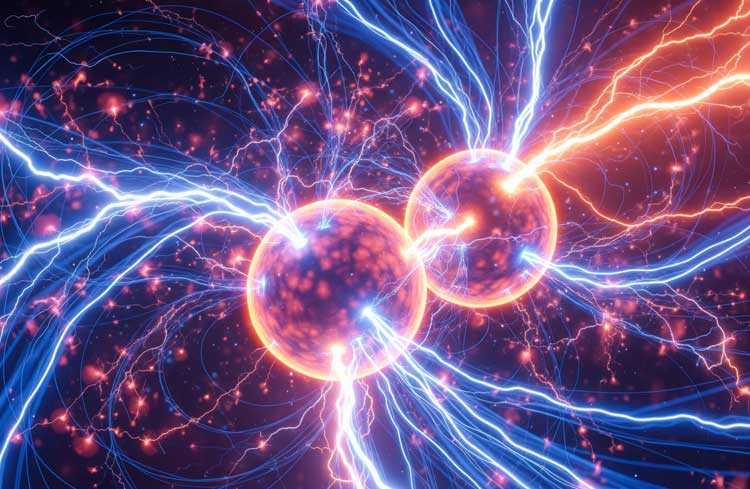
Why Is Nuclear Fusion So Important?
Clean Energy with Minimal Waste
Unlike fossil fuels, nuclear fusion doesn’t produce greenhouse gases. And unlike nuclear fission, it doesn’t create long-lived radioactive waste. The main by-product is helium—a harmless gas.
Abundant Fuel Supply
Fusion uses hydrogen, which is one of the most common elements in the universe. Oceans are full of it in the form of water, making fusion fuel nearly limitless.
No Meltdown Risk
Fusion reactors can’t melt down like traditional nuclear plants. If something goes wrong, the reaction naturally stops—making it a much safer option.
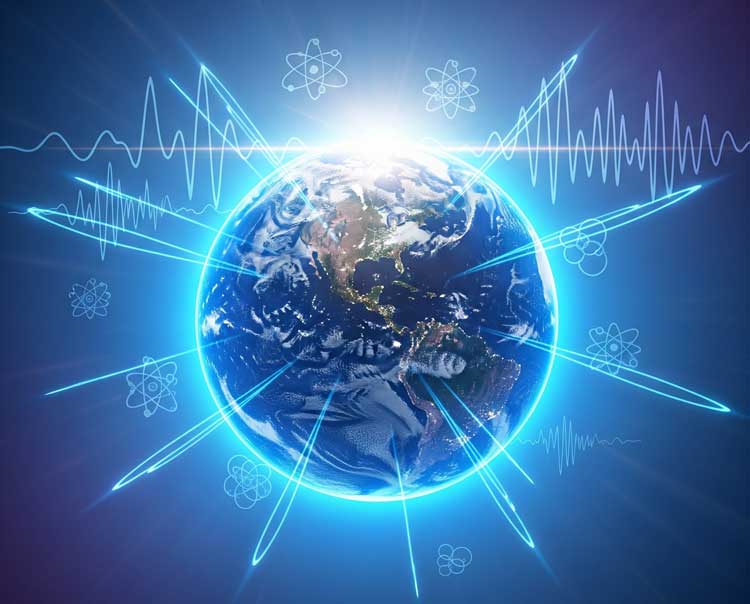
What Are the Challenges of Fusion Energy?
Despite its amazing potential, there are still major hurdles to overcome:
- Extreme conditions: Maintaining high temperatures and pressure is incredibly difficult and energy-intensive.
- Net energy gain: So far, we’ve used more energy to start and maintain fusion than we’ve been able to get out of it.
- Expensive technology: Building fusion reactors and the equipment needed is still very costly.
However, recent breakthroughs are getting us closer. In 2022, scientists at the U.S. National Ignition Facility made headlines for achieving “ignition,” where the energy output from fusion was greater than the energy used to spark it.
Is Nuclear Fusion the Future of Energy?
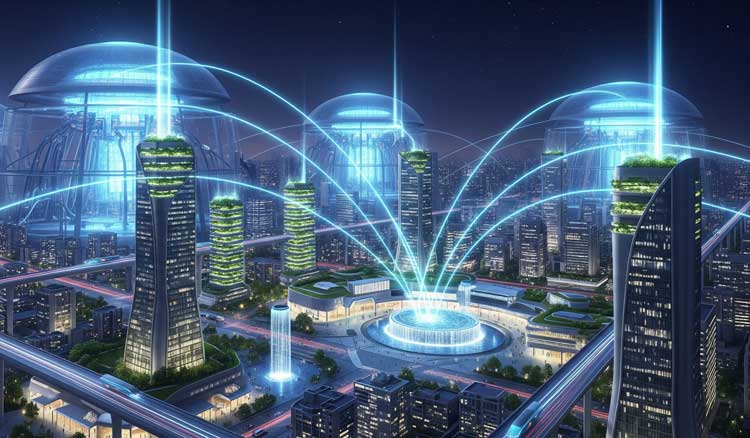
It’s not here yet—but it’s getting closer. Private companies and governments are investing billions in fusion research. Projects like ITER in France and SPARC in the U.S. aim to make fusion power a commercial reality within the next few decades.
If successful, nuclear fusion could become the clean, safe, and limitless energy source the world desperately needs.
Did you know nuclear fusion might even make it possible to turn mercury into gold? While it sounds like alchemy, modern science has explored this idea through advanced fusion experiments. Learn more about how this is theoretically possible here.
Conclusion: A Star-Powered Future?
Nuclear fusion might sound like science fiction, but it’s real—and it’s coming. While challenges remain, the idea of tapping into the same power source as the sun is both inspiring and practical. If we get it right, fusion could revolutionize how we power our lives and protect our planet.






